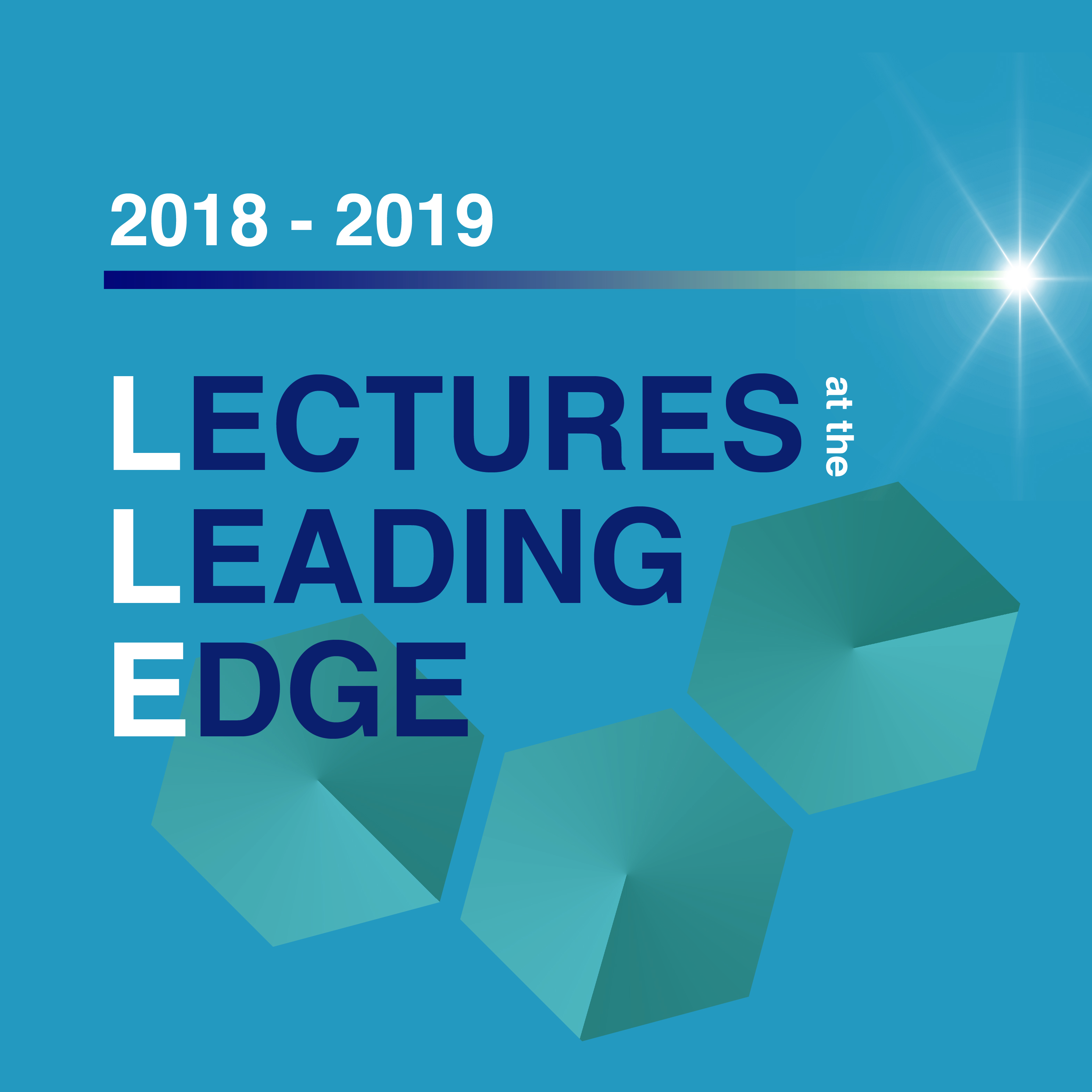200 College St
Toronto, ON M5T 3A1
Canada

Co-hosted with the Ontario Centre for the Characterisation of Advanced Materials (OCCAM)
IAN GILMORE
National Physical Laboratory, UK
Metabolic Imaging at the Single-Cell Scale: Recent Advances and Future Challenges in Mass Spectrometry Imaging
Super-resolution optical microscopy using fluorescent labels has been transformational in allowing the machinery of life, e.g. proteins, to be seen at the nanoscale. There is a great desire in the life-sciences to achieve this level of insight for metabolites. This will allow unprecedented ability to understand rewiring of metabolic networks involved in disease, understanding of the uptake of drugs in cells and construct mechanistic understanding in fundamental biology. However, this is a monumental challenge since fluorescent labelling strategies cannot be used because of the dynamic processes in the creation of metabolites and because the fluorescent labels themselves radically alter the chemistry of the metabolite.
Mass spectrometry allows label-free (or with stable isotope labelling) identification of endogenous and exogenous (e.g drugs) metabolites and when combined with high-resolution ion beams in secondary ion mass spectrometry (SIMS) allows sub-cellular resolution imaging. Substantial barriers need to be overcome to achieve a super-resolution goal (< 250 nm) including increasing sensitivity, increasing specificity (accurate identification of molecules), sample preparation methodologies (e.g. cryo-SIMS) and improvements in ion beam resolution. This lecture will review our research at NiCE-MSI using three SIMS instrument types; ToF-SIMS, 3D OrbiSIMS and a CAMECA NanoSIMS 50L and place this in context with complementary methods such as AP-SMALDI.
Many metabolites are of low mass (e.g. dopamine) and are in a highly congested region of the mass spectrum. Here, ToF-SIMS is inadequate to resolve the peaks especially at high-spatial resolution. We have led the development of a powerful new hybrid instrument, the 3D OrbiSIMS, combining an OrbitrapTM-based Thermo ScientificTM Q ExactiveTM HF instrument and a dedicated ToF-SIMS 5. The instrument is equipped with high-resolution ion beams including a new micron resolution argon cluster ion beam for biomolecular imaging and 3D analysis of organics and an ultra-high resolution Bi cluster focussed ion beam with < 100 nm resolution. We demonstrate the unparalleled ability for 2D and 3D metabolite imaging with sub-cellular resolution.
For imaging at the organelle scale, e.g. mitochondria and lysosomes, then a resolution of 50 nm or better is needed. This is achieved with the CAMECA NanoSIMS 50L. Normally, the solvent based sample preparation procedures used wash out drug molecules. We have developed a method that traps molecules within the organelles and use this to demonstrate the first direct evidence of drug induced phospholipidosis caused by amiodarone uptake in rat alveolar macrophages.
_______________________________________________
 IAN GILMORE is a Senior NPL Fellow in Surface & Nanoanalysis and a Visiting Professor in the School of Pharmacy at the University of Nottingham.
IAN GILMORE is a Senior NPL Fellow in Surface & Nanoanalysis and a Visiting Professor in the School of Pharmacy at the University of Nottingham.
His research focus is on the analysis of molecules at surfaces and interfaces in a wide range of sciences, including the intracellular distribution of pharmaceuticals, drug delivery systems, medical devices, organic electronics and devices using 2D materials.
Ian has recently launched a UK National Centre of Excellence in Mass Spectrometry Imaging (NiCE-MSI). This world-class centre has over 15 staff scientists who are experts in the three principal techniques: secondary ion mass spectrometry (SIMS); ambient mass spectrometries (AMS); and matrix assisted laser desorption ionisation (MALDI MS).
The aims of NiCE-MSI are to advance the fundamentals of the techniques and innovate measurement capabilities; establish metrology for reliability and standardisation; and support the uptake of the techniques in industry and academia. For example, Ian is leading a major new project, 3D nanoSIMS, in collaboration with GlaxoSmithKline, to create the next generation SIMS instrument for label-free imaging of drugs in cells with a spatial resolution at the organelle scale.
He has authored and co-authored over 100 papers on surface analysis and co-edited the popular teaching book ‘Surface Analysis – The Principal Techniques’.
Ian is a Fellow of the Institute of Physics (UK) and was awarded the Institute’s Paterson Medal (2004) for his innovation of G-SIMS. He is a Fellow of the American Vacuum Society, a major science and technology society in the USA, and served on the Board of Directors in 2013-14 where he led the development of the Society’s strategy.
Ian has made a major contribution to international leadership in surface analysis, recognised by the Rivière Prize in 2013 from the UK Surface Analysis Forum. He is chair of the International SIMS conference series and is chairing a Royal Society Scientific Meeting on Mass Spectrometry Imaging in 2015. He has previously successfully co-chaired the SIMS XV international conference (Manchester, 2005) and chaired the IUVSTA workshop on sputtering and ion emission by cluster ion beams (Scotland, 2007).
Ian provides leadership in international standardisation through chairing the committee for SIMS in ISO TC 201 and he is chair of VAMAS for surface chemical analysis, which conducts interlaboratory studies in electron spectroscopies, scanning probe microscopies and mass spectrometries to advance the techniques, support uptake into industry and standardisation.
Download the lecture poster HERE
For more information on Lectures at the Leading Edge 2018-19 click HERE